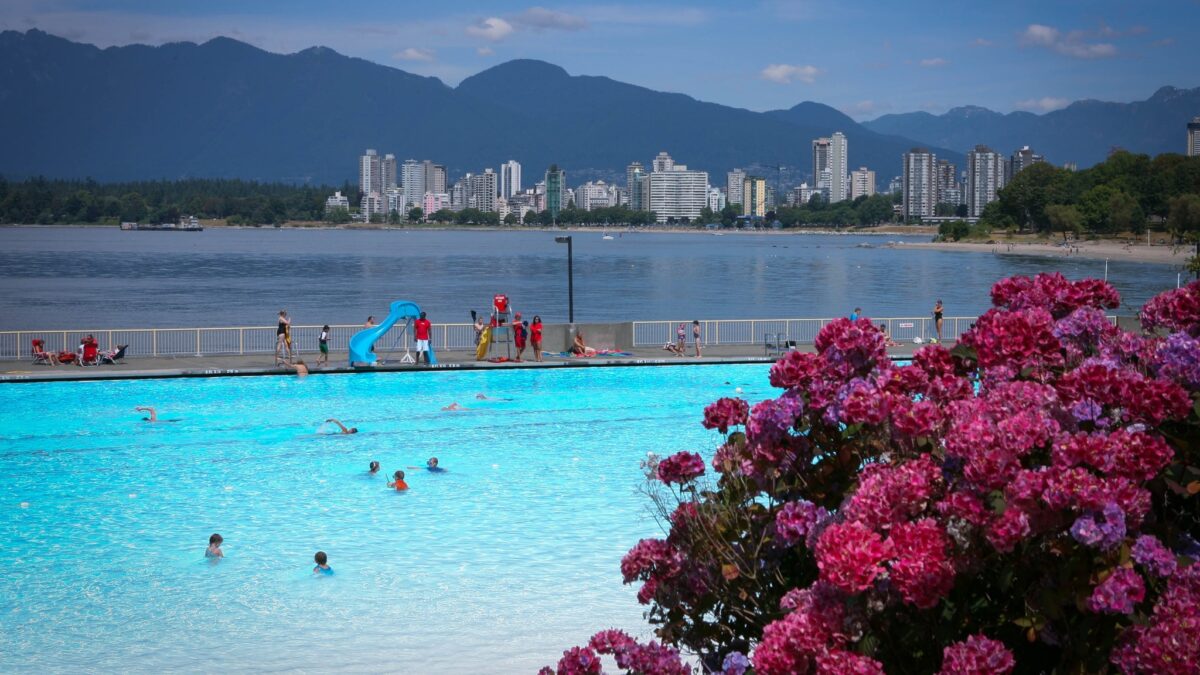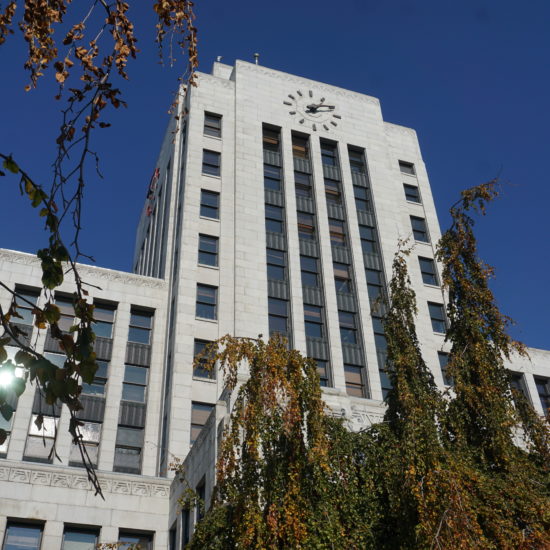
Briefly: Documents obtained under freedom of information reveal the real reasons for the June-announced closure of Kitsilano Pool, a decision since reversed.
A Vancouver Coastal Health report dated May 30 said there was not only significant leakage at the 1931-built pool, but the disinfectant and alkalinity were far below normal.
Vancouver Mayor Ken Sim reopened the pool Aug. 7 after a mining engineer offered advice to salvage the season. READ MORE BELOW.
Bob Mackin
The week before the Vancouver Park Board announced iconic Kitsilano Pool would not operate this summer — a decision since reversed — a health inspector deemed it unfit for public use.
The May 30 Vancouver Coastal Health (VCH) inspection report is the only expert report released under freedom of information, despite a reporter’s July 5 application that also sought the report that triggered the pool’s Aug. 7 reopening.

Kitsilano Pool (City of Vancouver/Facebook)
“Please note, civic facilities maintenance and operations confirm there is no expert report that led to the announcement,” said the response from Cobi Falconer, the director of access to information and privacy.
On July 5, Mayor Ken Sim said the city relied on free advice from engineerJeff Stibbard of JDS Energy and Mining to make appropriate repairs and reopen the 1931-built pool until Sept. 22.
When it originally announced the 2024 closure on June 5, the Vancouver Boar of Parks and Recreation’s communications department made no mention of the inspection failure. Instead, it said it would allow staff to “fully investigate the ongoing water loss and make the needed repairs to the underground piping and basin required to extend the facility’s useful life.”
VCH inspector Garret Brouwer’s two-page report said his inspection included a meeting with aquatics supervisor Tony Syskakis, onsite pool operator Aaron La Valley, and the supervisor of maintenance technicians Robin Singh. He found four major areas of non-compliance.
“Pool is not ready for patron use at this time and should not be opened to the public,” Brouwer concluded. “There appears to be serious issues with pool water leakage and replenishment that is adversely impacting maintaining adequate pool water parameters as per the Pool Regulation.”
Pool disinfectant and alkalinity were not properly maintained. Free available chlorine was less than 0.5 parts per million (ppm) at 30 Celsius or below and the 74 ppm alkalinity was too low to maintain chemically balanced pool water. The 12 ppm cyanuric acid stabilizer reading was below the recommended range of 30-50 ppm.
The skimmer did not adequately draw surface water from the pool, the equipment was not regularly tested for safety or maintained in accordance with the manufacturers’ specifications.
But Brouwer’s biggest concern was that the Park Board did not maintain the pool in good repair.
“The water leakage from the pool appears to have significantly increased from last year,” said the inspection report. “The amount of make-up water (mostly potable water) is significantly greater than last year and is affecting consistent water chemistry parameters (e.g. chlorine, stabilizer).
“Concurrently, there have been problems noted by staff regarding some lifting of patch work done to pool basin which is causing sharp edges that may present cutting hazards.”
The pool was renovated in 1978 and 2018, but last year estimated to be losing 30,000-litres per hour.
Support theBreaker.news for as low as $2 a month on Patreon. Find out how. Click here.











